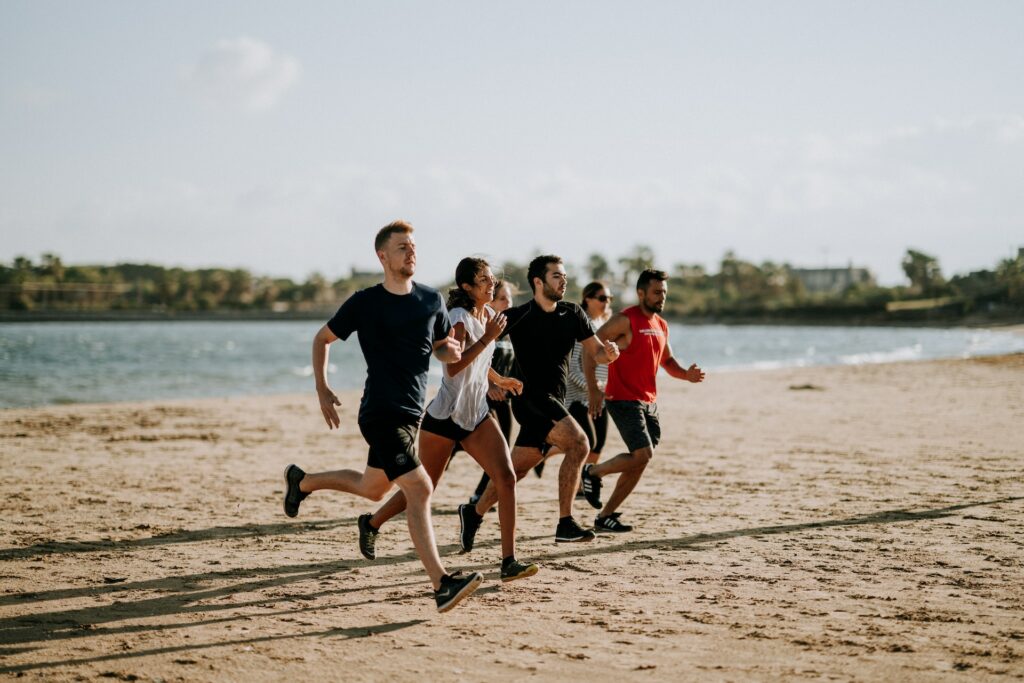Globally, type 2 diabetes affects over 500 million adults and incurs billions in annual costs. This form of diabetes arises when the insulin produced by the body isn’t enough to manage blood glucose levels effectively.
Symptoms come about slowly, often leading to increased thirst, frequent urination, and fatigue. Risk factors include obesity, abnormal lipid profiles, certain ethnic backgrounds, and being over 45 years old.

Interestingly, type 2 diabetes seems to occur often in families. Researchers have identified over 400 genetic variants tied to it. However, a family history doesn’t seal one’s fate. Adopting a healthy lifestyle — including a balanced diet, exercise, and weight management — can effectively combat this disease.
A recent study in the British Journal of Sports Medicine delves deeper into the interplay of genetics and exercise concerning type 2 diabetes risk. The question arises: Do those with a higher genetic risk respond differently to standard exercise recommendations?
Understanding whether patients at genetic risk react differently from standard recommendations may alter guidelines for certain high-risk groups.
| This post may interest those with a higher polygenic risk score for type 2 diabetes. |
The Study
The researchers collected data from the UK Biobank, which tracks roughly half a million individuals between 40–69 years. Initial questionnaires were followed up after an average of 6.8 years. A subset of participants (over 59,000 without prior diagnoses of diabetes, cardiovascular diseases, or cancer) wore accelerometers for a week. This captured data on varying intensities of physical activity and sleep.
After that, to determine the onset of type 2 diabetes, the team relied on medical records and blood glucose measurements. They gauged genetic predisposition through a polygenic risk score, derived from 424 diabetes-associated SNPs.
Results
Among the 59,000 participants, 884 were diagnosed with type 2 diabetes over the 6.8-year span. Statistical evaluations revealed that individuals with the most physical activity had a 68-80% reduced likelihood of acquiring diabetes.
When divided by genetic risk (high, intermediate, or low), all groups saw benefits from physical activity. Yet, a fascinating pattern emerged: those with the highest genetic risk, who were also the most physically active, especially in moderate-to-vigorous exercises, showed the least susceptibility for diabetes. Notably, this active group committed to at least 68.4 minutes of high-intensity exercise daily.

Conversely, the team saw minimal advantages for participants in low-intensity exercise regimens, speculating that low-intensity physical activity might need significant durations to produce biological benefits.
It’s worth mentioning that the study had some limitations. The UK Biobank primarily reflects a European demographic. Additionally, they only gauged physical activity at a single time point.
Summary
Exercise, notably of higher intensities, robustly correlates with a diminished risk of developing type 2 diabetes, irrespective of genetic predispositions. However, the highest genetic risk group exhibited the most pronounced benefits, especially when considering overall activity levels and exercise intensity. This insight underscores the potential need for tailored public health guidelines, emphasizing the crucial role of physical activity, especially for those with elevated genetic risk of diabetes.
Citation
Luo M, Yu C, Del Pozo Cruz B, Chen L, Ding D. Accelerometer-measured intensity-specific physical activity, genetic risk and incident type 2 diabetes: a prospective cohort study. Br J Sports Med. 2023 Jun 5:bjsports-2022-106653. doi: 10.1136/bjsports-2022-106653. Epub ahead of print. PMID: 37277158.
